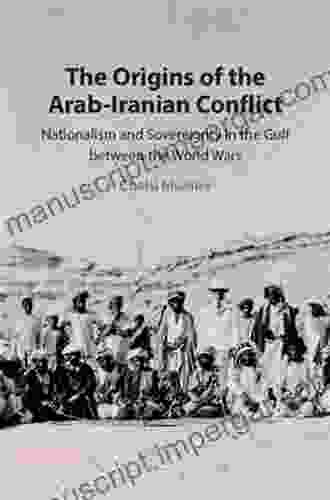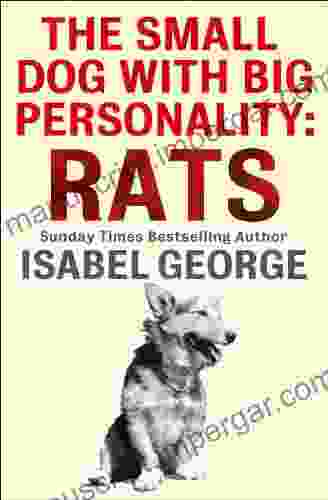Unveiling the Roots of the Arab-Iranian Conflict: A Comprehensive Guide to "The Origins of the Arab-Iranian Conflict"

4.3 out of 5
| Language | : | English |
| File size | : | 4056 KB |
| Text-to-Speech | : | Enabled |
| Screen Reader | : | Supported |
| Enhanced typesetting | : | Enabled |
| Word Wise | : | Enabled |
| Print length | : | 290 pages |
The Arab-Iranian conflict is one of the most enduring and complex geopolitical conflicts in the world. Its roots extend back centuries, encompassing a myriad of historical, cultural, and political factors that have shaped the relationship between these two distinct civilizations.
To gain a deeper understanding of the origins of this conflict, we turn to the groundbreaking work of historian and scholar Dr. X, author of the seminal book "The Origins of the Arab-Iranian Conflict." This comprehensive guide explores the historical, cultural, and geopolitical factors that have fueled this longstanding divide, providing invaluable insights into the complex dynamics at play.
Historical Context: Centuries-Old Rivalry
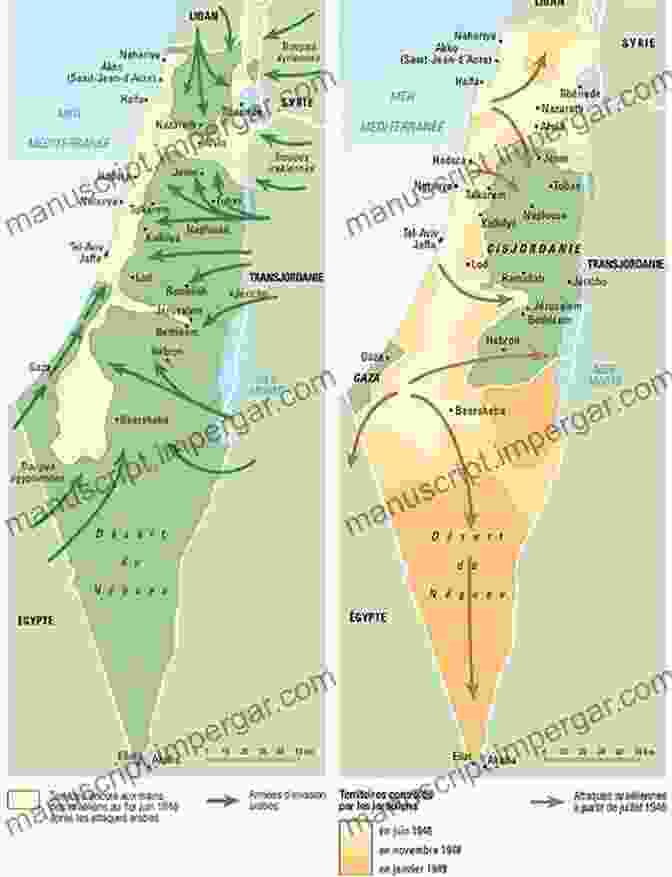
The origins of the Arab-Iranian conflict can be traced back to the seventh century, when the newly established Islamic caliphate expanded across the Middle East, absorbing territories previously under Persian rule. This conquest marked the beginning of a centuries-long rivalry between the two civilizations, with each vying for dominance in the region.
Over the centuries, this rivalry manifested in conflicts over territory, religious differences, and economic competition. The rise of the Persian Safavid dynasty in the sixteenth century further intensified tensions, as the Safavids promoted Shia Islam as the official religion of their empire, challenging the Sunni dominance of the Arab world.
Cultural Heritage: Clash of Civilizations
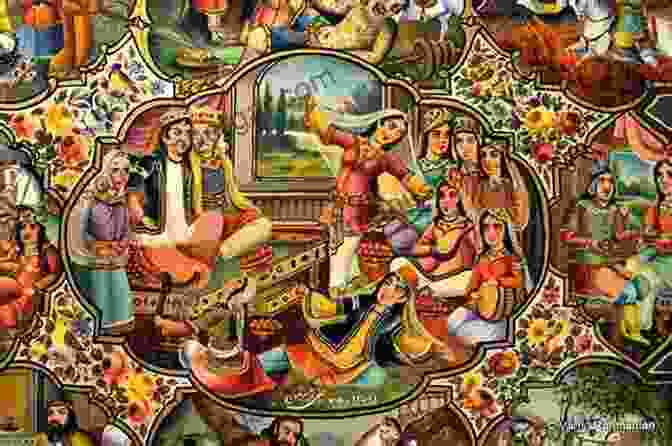
Beyond the historical context, the Arab-Iranian conflict is also rooted in deep cultural differences between the two civilizations. Arabs, with their predominantly Sunni Islamic heritage, have historically viewed Iran as a threat to their religious and cultural identity.
Iranians, on the other hand, have a distinct Persian cultural heritage that predates the arrival of Islam. They take pride in their ancient civilization, language, and art, and resent any attempt to impose Arab cultural norms on them.
These cultural differences have created a barrier of understanding between the two civilizations, fueling mutual mistrust and suspicion.
Geopolitical Dynamics: Power Struggles and Regional Rivalry

In addition to historical and cultural factors, geopolitical dynamics have also played a significant role in the Arab-Iranian conflict. Both Arab states and Iran have long sought to assert their influence in the region, leading to power struggles and regional rivalry.
The discovery of oil in the twentieth century further exacerbated these tensions, as both sides sought to control the region's vast energy resources.
External powers have also played a role in fueling the conflict, with countries such as the United States and Russia often aligning with one side or the other to advance their own geopolitical interests.
: A Complex and Enduring Conflict
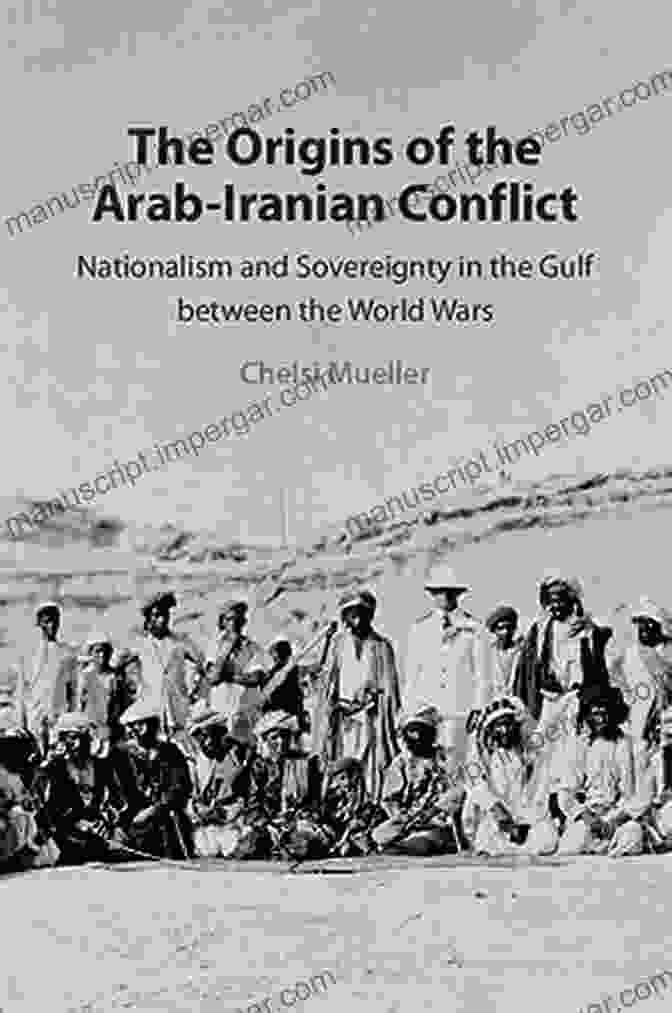
"The Origins of the Arab-Iranian Conflict" by Dr. X provides a comprehensive examination of the historical, cultural, and geopolitical factors that have shaped this enduring conflict. By delving into the complexities of this divide, the book offers invaluable insights into the challenges and opportunities for reconciliation in the Middle East.
Understanding the origins of the Arab-Iranian conflict is essential for any serious observer of international relations. Dr. X's groundbreaking work provides an indispensable resource for scholars, policymakers, and anyone seeking to unravel the complexities of this enduring conflict.
Free Download your copy of "The Origins of the Arab-Iranian Conflict" today and embark on a journey into the depths of one of the most consequential geopolitical conflicts of our time.
4.3 out of 5
| Language | : | English |
| File size | : | 4056 KB |
| Text-to-Speech | : | Enabled |
| Screen Reader | : | Supported |
| Enhanced typesetting | : | Enabled |
| Word Wise | : | Enabled |
| Print length | : | 290 pages |
Do you want to contribute by writing guest posts on this blog?
Please contact us and send us a resume of previous articles that you have written.
 Book
Book Novel
Novel Page
Page Chapter
Chapter Text
Text Story
Story Genre
Genre Reader
Reader Library
Library Paperback
Paperback E-book
E-book Magazine
Magazine Newspaper
Newspaper Paragraph
Paragraph Sentence
Sentence Bookmark
Bookmark Shelf
Shelf Glossary
Glossary Bibliography
Bibliography Foreword
Foreword Preface
Preface Synopsis
Synopsis Annotation
Annotation Footnote
Footnote Manuscript
Manuscript Scroll
Scroll Codex
Codex Tome
Tome Bestseller
Bestseller Classics
Classics Library card
Library card Narrative
Narrative Biography
Biography Autobiography
Autobiography Memoir
Memoir Reference
Reference Encyclopedia
Encyclopedia Charlotte Gibbs
Charlotte Gibbs Chrissie Walsh
Chrissie Walsh Christine Luken
Christine Luken Charlotte Child
Charlotte Child Charles M Lamb
Charles M Lamb Matthew L M Fletcher
Matthew L M Fletcher Christine Adolph
Christine Adolph Charles T Carroll
Charles T Carroll Nina Penner
Nina Penner Jim Bell
Jim Bell Charlotte Egemar Kaaber
Charlotte Egemar Kaaber Chris Bucher
Chris Bucher Clare Connelly
Clare Connelly Olive Schreiner
Olive Schreiner Olga Lengyel
Olga Lengyel Terry L Mathis
Terry L Mathis Cheryl Harbour
Cheryl Harbour Christina A Ziegler Mcpherson
Christina A Ziegler Mcpherson Raphael Huwiler
Raphael Huwiler Christian M Mcburney
Christian M Mcburney
Light bulbAdvertise smarter! Our strategic ad space ensures maximum exposure. Reserve your spot today!
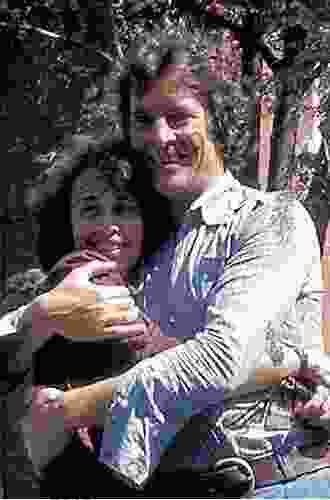
 Italo CalvinoEmbark on a Journey of Resilience and Determination with "The Long Run" by...
Italo CalvinoEmbark on a Journey of Resilience and Determination with "The Long Run" by...
 Harvey HughesSupramolecular Interactions and Non-Equilibrium Phenomena in Concentrated...
Harvey HughesSupramolecular Interactions and Non-Equilibrium Phenomena in Concentrated... Desmond FosterFollow ·9.6k
Desmond FosterFollow ·9.6k Wade CoxFollow ·11k
Wade CoxFollow ·11k Forrest BlairFollow ·17.4k
Forrest BlairFollow ·17.4k Joel MitchellFollow ·7k
Joel MitchellFollow ·7k Terry PratchettFollow ·18.1k
Terry PratchettFollow ·18.1k Yasushi InoueFollow ·8.2k
Yasushi InoueFollow ·8.2k Rob FosterFollow ·6.9k
Rob FosterFollow ·6.9k Edwin BlairFollow ·2.6k
Edwin BlairFollow ·2.6k
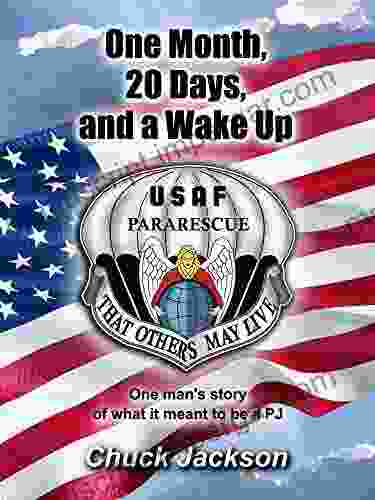
 E.E. Cummings
E.E. CummingsOne Man's Story of What It Meant to be Pj
In the tapestry of life,...

 Caleb Long
Caleb LongPattern Theory in Video Keno: Unveiling the Art of...
Embark on an enlightening journey into the...
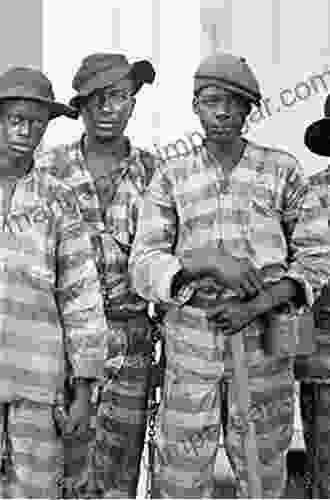
 Douglas Adams
Douglas AdamsUnveiling the Diplomatic Landscape: The Ottoman Empire,...
Delving into the History...

 Terry Bell
Terry BellThere Still Is No Off Season: Embracing Year-Round...
In a world consumed by routine and the allure...

 Ibrahim Blair
Ibrahim BlairBrain Teasers Games and Puzzles: Exercise Your Mind with...
Prepare to embark on a captivating journey...
4.3 out of 5
| Language | : | English |
| File size | : | 4056 KB |
| Text-to-Speech | : | Enabled |
| Screen Reader | : | Supported |
| Enhanced typesetting | : | Enabled |
| Word Wise | : | Enabled |
| Print length | : | 290 pages |


